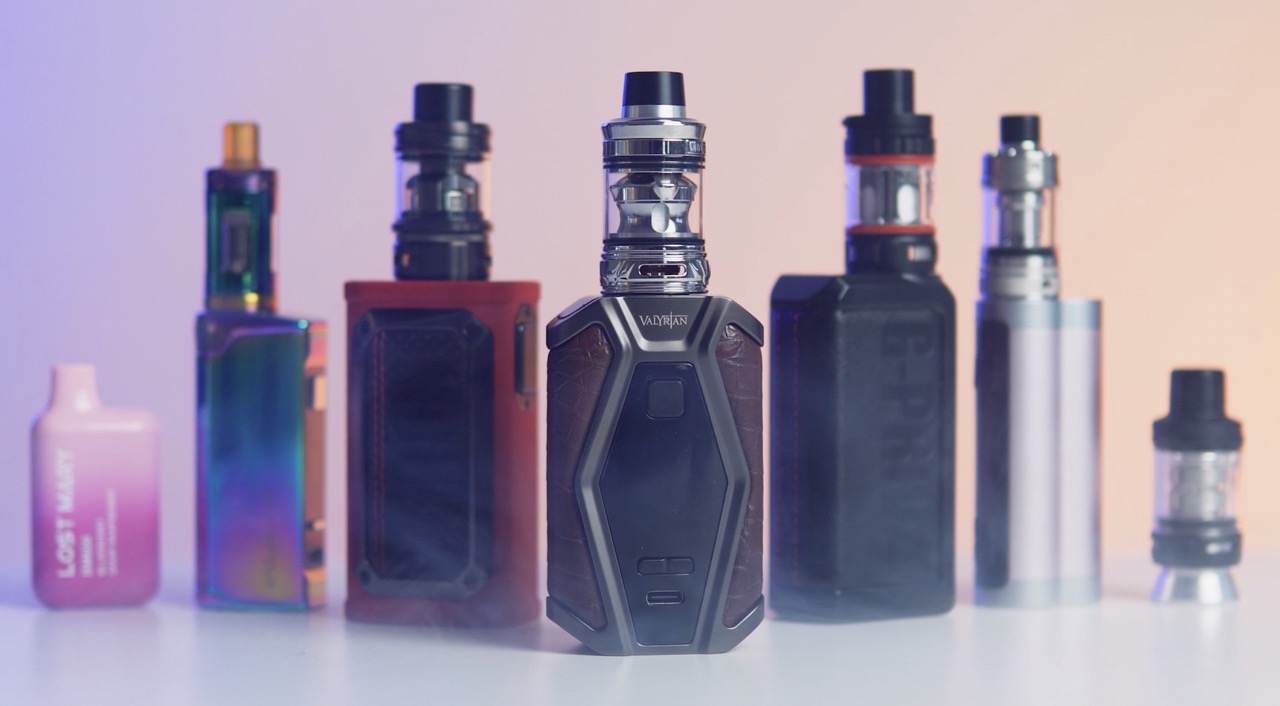In recent years, vaping has emerged as a popular alternative to traditional smoking. As it continues to gain traction, understanding its potential benefits can be crucial for those considering a shift away from cigarettes. This comprehensive exploration delves into the various advantages of vaping, aiming to provide a well-rounded perspective on why it might be a preferable choice for some.
1. Reduced Exposure to Harmful Chemicals
One of the most significant benefits of vaping is the reduction in harmful chemicals. Traditional cigarettes contain a plethora of toxic substances, including tar and carbon monoxide, which are produced through the combustion of tobacco. These chemicals are known to contribute to severe health conditions such as lung cancer, heart disease, and chronic obstructive pulmonary disease (COPD).
In contrast, vaping involves the vaporization of e-liquids, which typically contain nicotine, flavorings, and a base of propylene glycol or vegetable glycerin. While not without risks, vaping eliminates many of the harmful byproducts of combustion. Studies have indicated that e-cigarettes contain fewer toxic chemicals compared to conventional cigarettes, which could potentially reduce the risk of smoking-related diseases.
2. Lower Secondhand Smoke Risks
Secondhand smoke from traditional cigarettes poses a significant health risk to non-smokers and is associated with various adverse effects, including respiratory issues and an increased risk of heart disease. Vaping produces a vapor rather than smoke, which generally contains fewer harmful substances. This reduction in harmful chemicals suggests that secondhand vapor might be less detrimental than secondhand smoke.
However, it’s essential to note that while vaping may be less harmful than smoking, it is not entirely without risk. Some studies have suggested that secondhand vapor could still contain trace amounts of harmful substances, although at much lower levels compared to secondhand smoke. Therefore, it’s advisable for vapers to be mindful of their surroundings and consider the potential impacts on others.
3. A Potential Aid for Smoking Cessation
For many smokers, quitting can be an arduous journey, often requiring multiple attempts and various strategies. Vaping has emerged as a popular smoking cessation tool due to its ability to deliver nicotine in a manner that mimics the experience of smoking. This similarity can make it easier for smokers to transition away from cigarettes.
Nicotine replacement therapies, such as patches, gums, and lozenges, have long been used to help individuals quit smoking. Vaping offers another method of nicotine delivery, with the added benefit of allowing users to gradually reduce their nicotine intake. By choosing e-liquids with progressively lower nicotine concentrations, smokers can potentially decrease their dependence on nicotine over time.
4. Fewer Odors and Stains
Traditional cigarette smoke is notorious for leaving behind persistent odors and stains. The smell of smoke can cling to clothing, hair, and indoor environments, making it difficult to avoid the lingering scent. Additionally, cigarette smoke can cause yellowing of teeth and fingers, further contributing to its undesirable effects.
Vaping produces a vapor that dissipates more quickly and generally lacks the strong odor associated with cigarette smoke. This can lead to a more pleasant experience for both the vaper and those around them. Moreover, the absence of combustion reduces the risk of staining teeth and fingers, contributing to improved overall cleanliness and hygiene.
5. Customizable Experience
One of the appealing aspects of vaping is the ability to customize the experience. Vapers have a wide range of options when it comes to e-liquids, including various flavors and nicotine levels. This customization allows individuals to find a combination that suits their preferences and needs.
The diversity of flavors available in e-liquids can make the vaping experience more enjoyable and less monotonous compared to traditional smoking. Additionally, the ability to adjust nicotine levels means that users can tailor their vaping experience to their desired level of nicotine consumption, which can be particularly beneficial for those looking to gradually reduce their nicotine intake.
6. Potential for Harm Reduction
Harm reduction is a public health approach that focuses on minimizing the negative consequences associated with certain behaviors. In the context of smoking, harm reduction strategies aim to reduce the health risks associated with tobacco use. Vaping is often considered a harm reduction tool due to its potential to lower exposure to harmful chemicals compared to smoking.
While vaping is not without risks, particularly concerning long-term effects that are still being studied, it offers a potentially less harmful alternative to smoking. Public health organizations, such as Public Health England, have acknowledged vaping as a less risky option compared to smoking, provided that it is used as a tool to quit smoking rather than as a gateway to nicotine addiction.
7. Social and Cultural Shifts
Vaping has also influenced social and cultural norms around smoking. With the increasing popularity of vaping, there has been a shift in the way smoking is perceived. Vaping has become more socially accepted in certain circles, and some view it as a modern and stylish alternative to traditional smoking.
This shift can impact the overall social environment for smokers and vapers alike. For individuals looking to transition away from smoking, the social acceptance of vaping may provide additional motivation and support.
Conclusion
In summary, vaping offers several potential benefits, particularly for those looking to reduce their exposure to harmful chemicals, minimize secondhand smoke risks, and find a viable aid for smoking cessation. The customizable experience, fewer odors and stains, and the potential for harm reduction further enhance its appeal.
However, it’s essential to approach vaping with a balanced perspective. While it may be less harmful than smoking traditional cigarettes, it is not without its own risks and uncertainties, particularly regarding long-term health effects. As research continues to evolve, staying informed and making evidence-based decisions is crucial for anyone considering vaping as an alternative to smoking.




